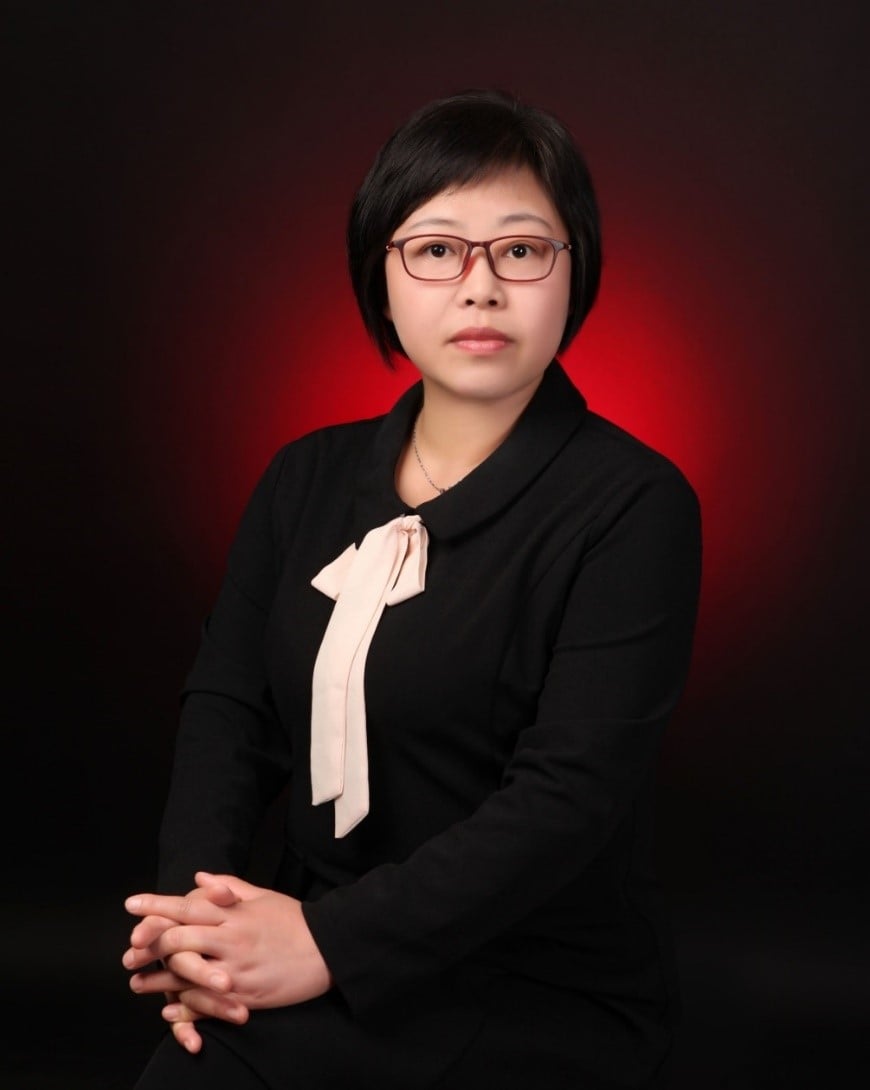State of the Art in Spectroscopy Technique and Its Core Components
A special issue of Applied Sciences (ISSN 2076-3417). This special issue belongs to the section "Optics and Lasers".
Deadline for manuscript submissions: closed (1 April 2024) | Viewed by 762
Special Issue Editors
Interests: diffraction grating; spectrometer; Raman spectroscopy
Special Issues, Collections and Topics in MDPI journals
Interests: analytical chemistry; molecular recognition; complex sample analysis; fluorescence spectroscopy
Interests: infrared spectroscopy; gas sensing; integrated photoelectric sensor components; high-sensitivity optical waveguide/fiber optic sensing; on-chip sensing
Interests: ultra-fast optics; laser spectroscopy; LIBS spectroscopy; nanoclusters and molecular dynamics; surface-enhanced Raman spectroscopy; laser damage mechanism
Interests: infrared spectroscopy; Fourier spectroscopy; computational spectral imaging; graph information processing; micro optical electromechanical system; multimodal information perception
Special Issue Information
Dear Colleagues,
We are inviting submissions to a Special Issue on the state of the art in spectroscopy and its core components.
With the rapid development of science and technology, spectral technology has played an increasingly important role in many important fields such as aerospace, astronomical telescope, interstellar exploration, national defense security, environmental protection, food safety, etc. Raman spectroscopy, fluorescence spectroscopy, infrared spectroscopy, laser spectroscopy, LIBS spectroscopy and other spectroscopic techniques have been widely used due to their unique technological advantages. The development of advanced spectral technology and core components such as gratings, detectors, and filters is a key factor in promoting the continuous progress of scientific research and production and has received the attention of scholars from different countries. In our humble opinion, the participation of leading scientists is important to guide the readers and new users towards a world in which new spectroscopy techniques are widely adopted. Spectrometer design and improvement, application of spectral technology, spectral data processing, and the development of core components for spectrometers are the scope of this Special Issue. We invite submissions to explore cutting-edge research and recent advances in the fields of spectroscopy and its core components. Both theoretical and experimental studies are welcome, as are comprehensive review and survey papers.
Dr. Xiaotian Li
Prof. Dr. Qiong Jia
Prof. Dr. Chuantao Zheng
Prof. Dr. Xun Gao
Dr. Jinguang Lv
Dr. Zhu Mao
Guest Editors
Manuscript Submission Information
Manuscripts should be submitted online at www.mdpi.com by registering and logging in to this website. Once you are registered, click here to go to the submission form. Manuscripts can be submitted until the deadline. All submissions that pass pre-check are peer-reviewed. Accepted papers will be published continuously in the journal (as soon as accepted) and will be listed together on the special issue website. Research articles, review articles as well as short communications are invited. For planned papers, a title and short abstract (about 100 words) can be sent to the Editorial Office for announcement on this website.
Submitted manuscripts should not have been published previously, nor be under consideration for publication elsewhere (except conference proceedings papers). All manuscripts are thoroughly refereed through a single-blind peer-review process. A guide for authors and other relevant information for submission of manuscripts is available on the Instructions for Authors page. Applied Sciences is an international peer-reviewed open access semimonthly journal published by MDPI.
Please visit the Instructions for Authors page before submitting a manuscript. The Article Processing Charge (APC) for publication in this open access journal is 2400 CHF (Swiss Francs). Submitted papers should be well formatted and use good English. Authors may use MDPI's English editing service prior to publication or during author revisions.
Keywords
- spectrometer
- diffraction grating
- Raman spectroscopy
- fluorescence spectroscopy
- laser spectroscopy
- LIBS spectroscopy
- infrared spectroscopy
- detector
- core components
- spectral analysis










